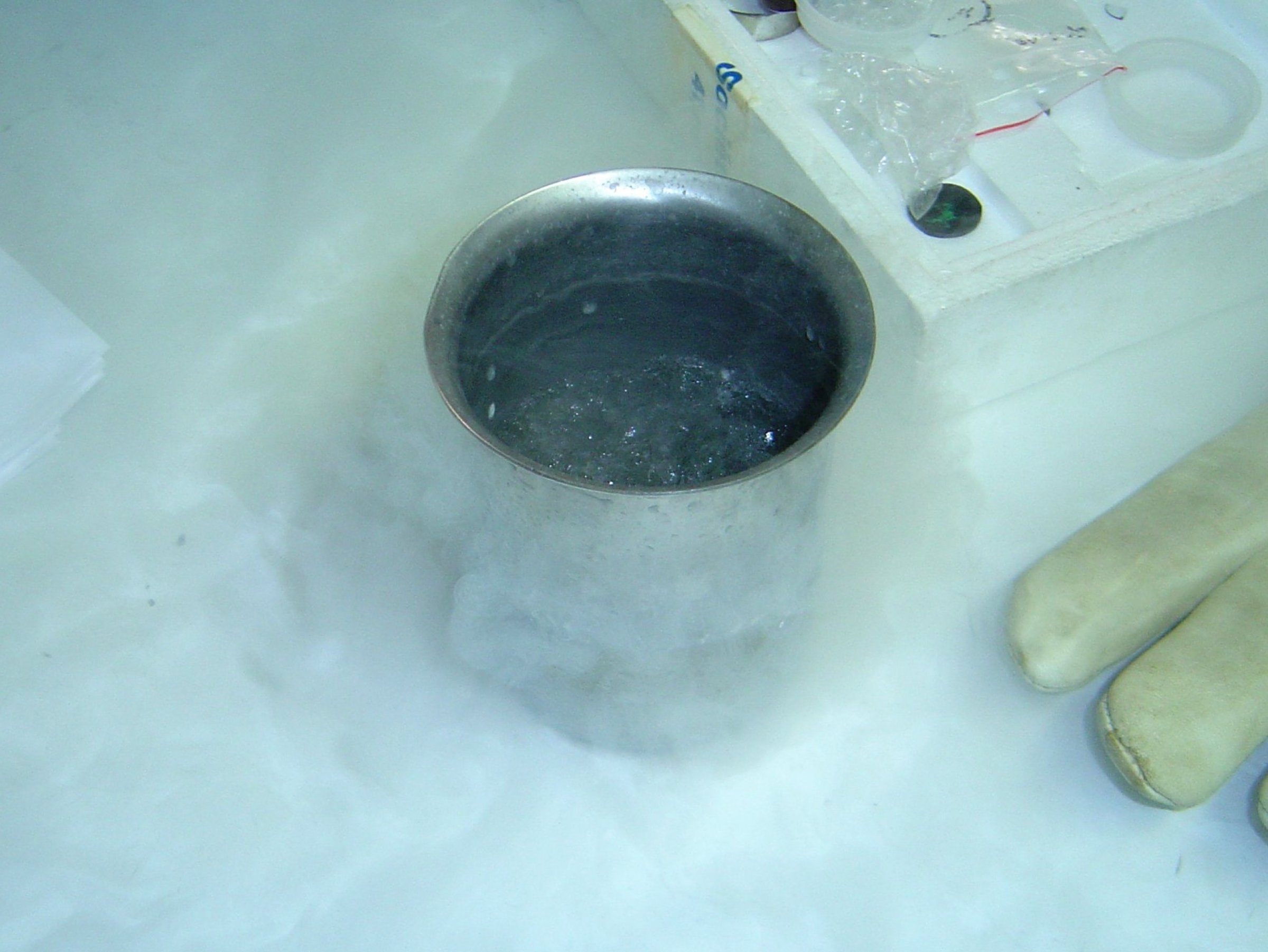23. Februar 2021 13:00 Uhr / Alle
Öffentlicher Vortrag "High-resolution cryoEM of membrane protein complexes"
by Werner Kühlbrandt, Max Planck Institute of Biophysics Frankfurt, Germany

Veranstaltungsort: online
Structural biology and molecular cell biology is currently undergoing a revolution, brought about by technical developments in electron cryo-microscopy (cryoEM). The "resolution revolution" in cryoEM is primarily due to a new generation of direct electron detectors and image processing programs. With these developments it is now possible to determine the detailed structures and molecular mechanisms of large and dynamic protein assemblies, in particular membrane proteins, that have been intractable for decades. Single-particle cryoEM of membrane protein complexes now routinely achieves 2-3 Å resolution, where all sidechains, cofactors and (in the case of membrane proteins) lipids, bound ions and even water molecules in a protein complex are visible. As an added bonus, cryoEM simultaneously records images of co-existing conformational states of a protein complex; the different conformations can be separated by image processing and put into a functional sequence. Using the same instruments, electron cryo-tomography (cryoET) can image macromolecular assemblies in their cellular or organellar environment at increasingly high resolution. We combine both approaches to investigate the structure and molecular mechanisms of energy-converting membrane protein complexes. CryoET of Mgm1 on lipid membranes indicates how this mechano-chemical GTPase may shape the mitochondrial cristae. CryoET of mitochondrial mem-branes indicates that the respiratory chain supercomplex is essentially conserved from plants to mammals. Single-particle cryoEM of complex I from Yarrowia lipolytica reveals bound substrates and lipids at 3.2 Å resolution. While the chloroplast ATP synthase is monomeric, all mitochondrial ATP synthases form dimers that assemble into long rows that induce local membrane curvature. Single-particle cryoEM of the chloroplast ATP synthase shows how the complex is turned off at night to prevent unproductive ATP hydrolysis. The 2.7 Å map of a mitochondrial ATP synthase dimer resolves 13 different rotary substates, providing unexpected new insights into the universal mechanism of ATP synthesis by rotary catalysis that drives most cellular processes.
Der Sprecher
Geboren am 7. Dezember 1951 in Bayreuth. Studium der Chemie, Biochemie und Biophysik in Berlin und London, Promotion an der Univ. of Cambridge (1981), Forschungsaufenthalte an der ETH Zürich (1981-1984) und am Imperial College London (1984-1987), Heisenberg-Stipendium (1986-1991), Leiter einer Forschungsgruppe am Europäischen Laboratorium für Molekularbiologie (EMBL) Heidelberg (1988-1996), Direktor und Wissenschaftliches Mitglied am Max-Planck-Institut für Biophysik (seit 1997), außerplanmäßiger Professor an der Johann Wolfgang Goethe-Universität Frankfurt am Main.
Die Vortragsreihe
Im Rahmen der Giersch - Summer School & International Conference on "Theoretical and Experimental Quantitative Cell Biology" sind Interessierte aus der ganzen Welt eingeladen, an der öffentlichen Vortragsreihe teilzunehmen, die vom 22. Februar bis 4. März 2021 live übertragen wird. Namhafte Experten geben Einblicke in ihre Forschungsarbeit und Visionen über zukünftige Entwicklungen. Die öffentlichen Vorträge sind Teil der Giersch Summer School & Conference, die von der Stiftung Giersch und dem FIAS sowie den wissenschaftlichen Netzwerken LOEWE DynaMem, LOEWE CMMS, 'Xidian-FIAS Joint Research Center' (XF-JRC), den Rhein-Main-Hochschulen und dem Graduiertenprogramm GRADE - IQbio ausgerichtet wird.
Um möglichst vielen interessierten Teilnehmern die Teilnahme zu ermöglichen, werden die Vorträge teilweise als Mittagsvorträge und teilweise als Abendvorträge gehalten. Alle Vorträge werden in Englischer Sprache gehalten.
Weitere Informationen
Das volle Programm finden Sie hier!